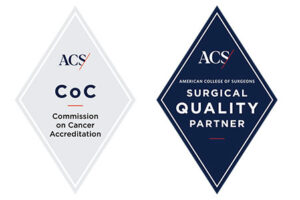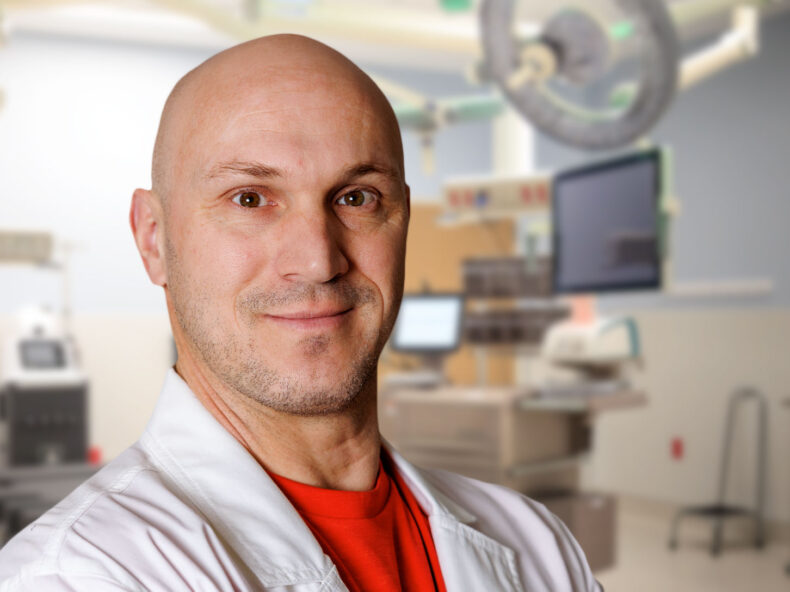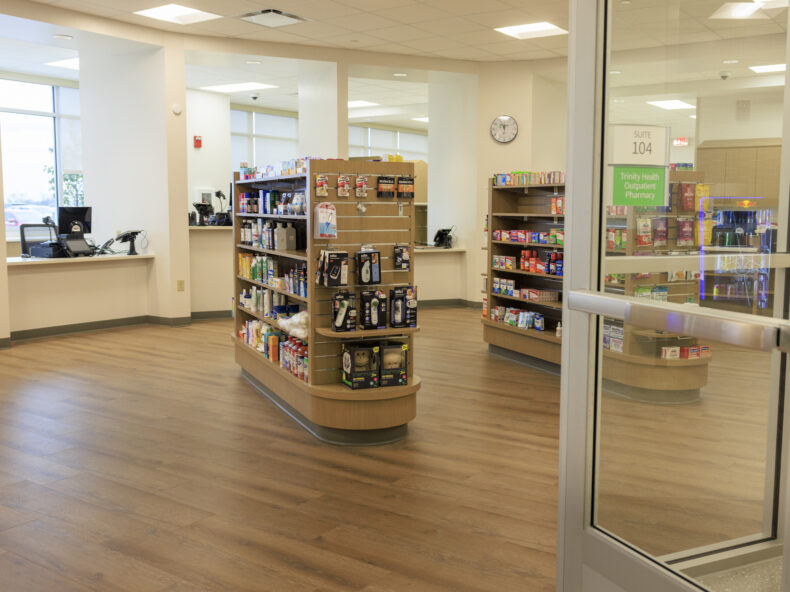Welcome to Trinity Health.
Over the past 100 years, Trinity Health has achieved countless milestones and innovations. With our new campus, we will offer even more clinical advancements and the latest technology that will solidify our place as a regional referral and healthcare system for many years to come. What will never change is our commitment to always look ahead and improve ourselves in ways that will provide the most exceptional care possible for our patients, their families, and the communities we serve.
Make more possible for 100 more years.
Some events are so momentous they only come around once in a century.
At Trinity Health, we are on the cusp of such a moment with our new healthcare campus and medical district. Each of us can make it our own; and together, we can make more possible.
Find out how you can make a lasting donation here
You May Receive a Press Ganey Survey: Learn More Here


